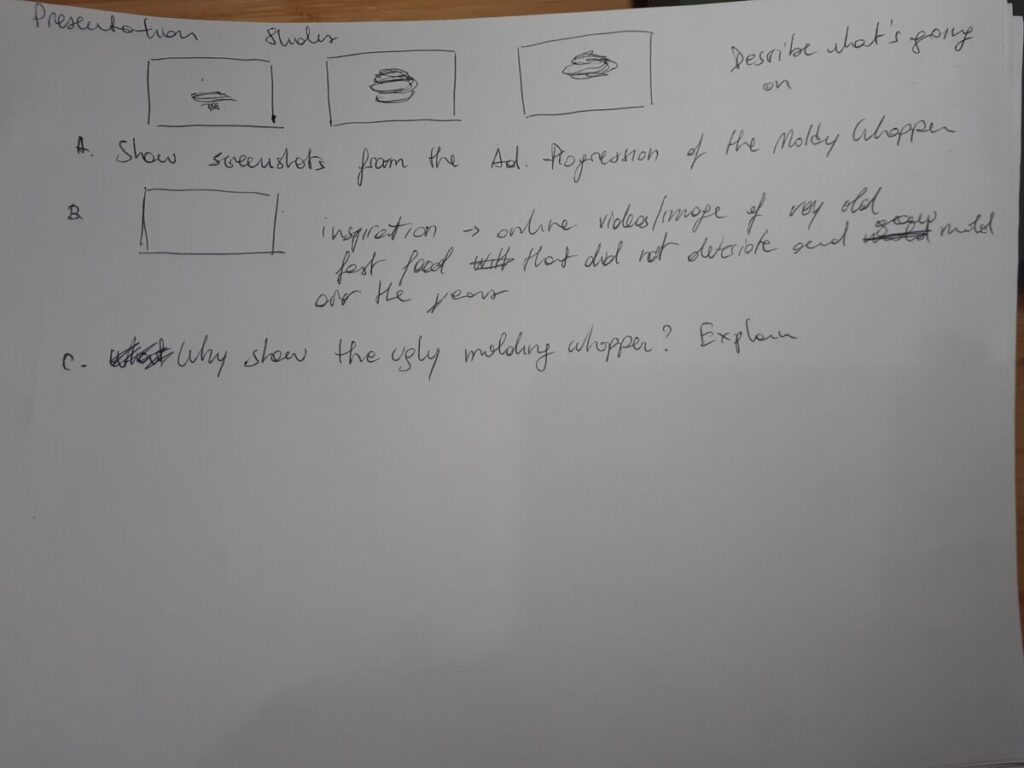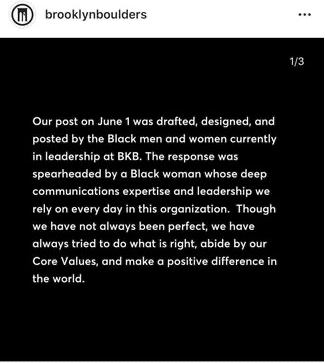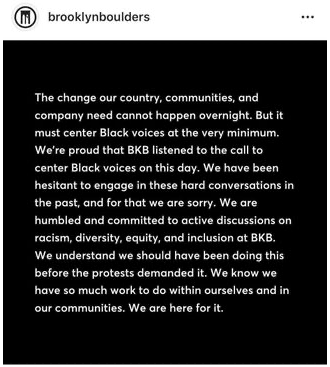According to Steven Heller underground often times becomes mainstreams, or you could say that mainstream takes what was originally underground and turns it into mainstream due to commercialization. The “Moldy Whopper” by Burger King mainstreamed the underground, showing the ugliness of real food. Most, if not all, food commercials show beautiful, tasty, appetizing ingredients and dishes to attract viewers into buying their product. We are in a digital visual consumerism age where people don’t read anymore, so capturing the interest of the viewer with as little text as possible and interesting imagery is vital to the success of an advertising. The Moldy Whopper creates the same effect with the opposite. By showing a molding burger, Burger King attracts attention, creates reaction and disgust, in order to spark interest in the viewers. And it worked. Burger King saw a 14% increase in sales, and 88% positive neutral.
Adobe UK. “Adobe Presents: D&AD – Behind the Work: Moldy Whopper”, Adobe UK YouTube, 1 July 2020. https://www.youtube.com/watch?v=hAOI_kW5dGs&t=1524s
Swant, Marty. “Burger King CMO Fernando Machado Says Moldy Whopper Ads Show The ‘Beauty Of Real Food’ Without Preservatives.” Forbes.com, 20 February 2020, https://www.forbes.com/sites/martyswant/2020/02/20/moldy-whopper-ads-show-the-beauty-of-real-food-says-burger-king-cmo-fernando-machado/?sh=44611a734789.
Sullivan, Luke and Edward Boches. Hey Whipple, Squeeze This: The Classic Guide to Creating Great Ads 5th Ed. Wiley & Sons, 2016.
Guilbeault, Douglas. “DIGITAL MARKETING IN THE DISINFORMATION AGE.” Journal of International Affairs, vol. 71, no. 1.5, 2018, pp. 33–42. JSTOR, www.jstor.org/stable/26508116. Accessed 2 Dec. 2020.










Recent Comments